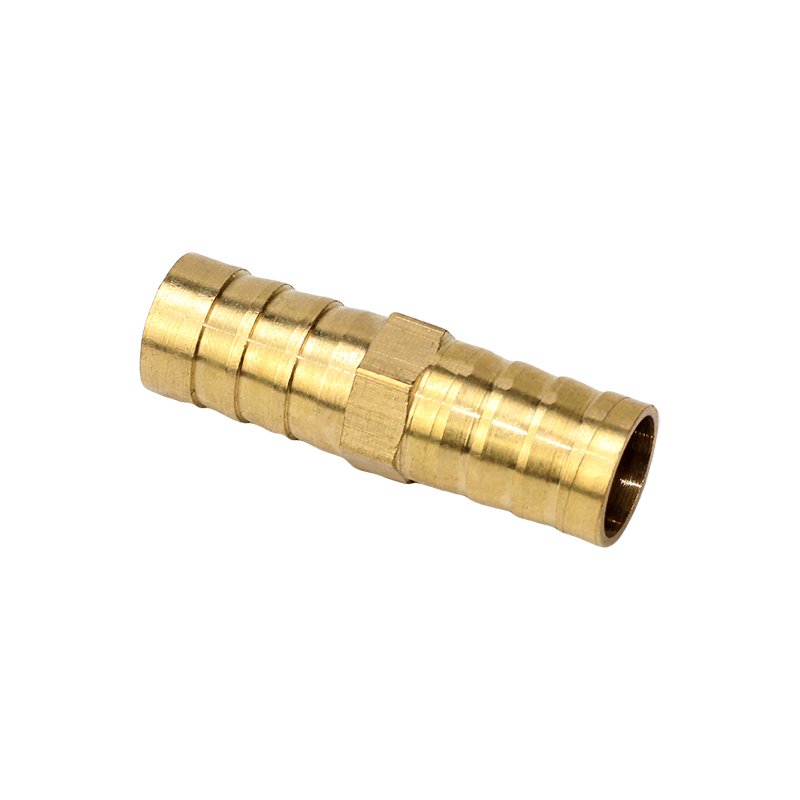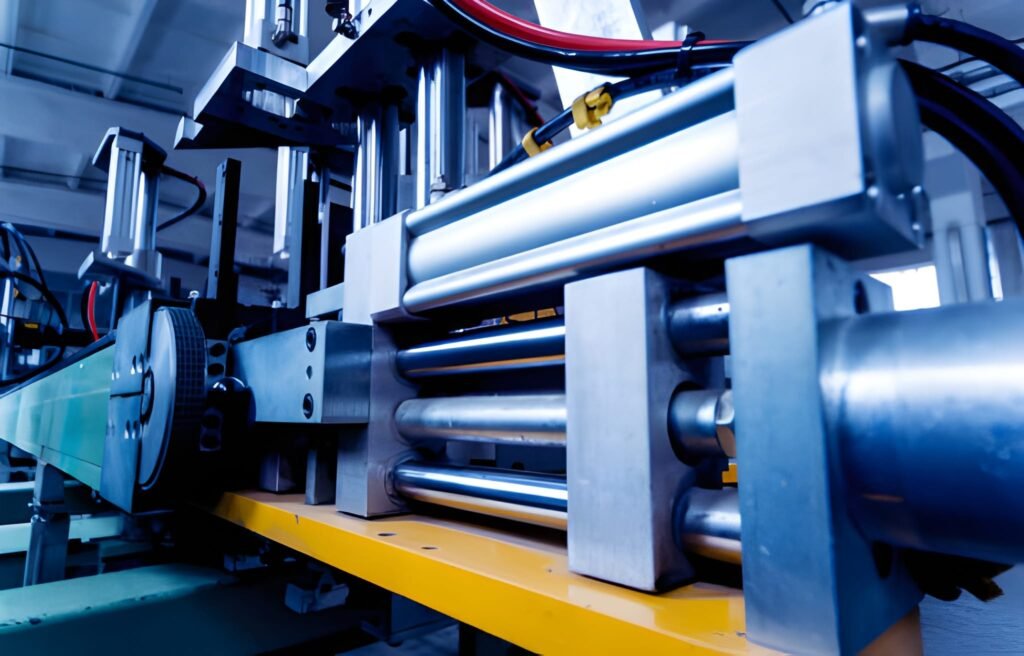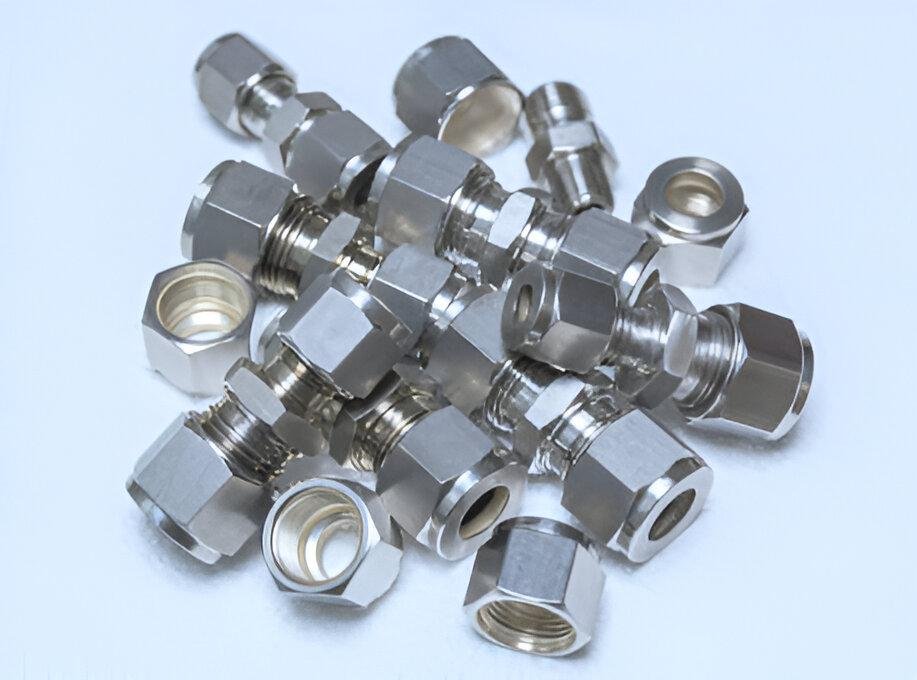Importance of Proper Installation and Maintenance of Barb Connectors
Proper installation and maintenance of barb connectors are crucial for ensuring reliable connections and extending equipment lifespan.Proper installation and maintenance of these connectors not only ensure the normal operation of the equipment, but also extend its service life. Incorrect installation methods may cause loose connections, affect equipment performance, and even cause safety accidents. Regular maintenance can detect and solve potential problems in time, ensuring that the connectors work stably and reliably for a long time.

Steps to Install Barb Connectors
Prepare tools and materials
Before installing the barb connector, you need to prepare the following tools and materials:
- Barb connector
- Wire cutters
- Pliers
- Screwdriver
- Insulating tape
- Protective gloves
Detailed installation process
- Cutting and stripping: Use wire cutters to cut the wire to the required length, making sure the cut is neat. Then use a wire stripping tool to remove the insulation layer on both ends of the wire to expose the appropriate length of metal wire.
- Insert the connector: Insert the stripped wire into the barb connector, making sure the wire is fully inserted to the bottom of the connector to avoid looseness.
- Tighten the connection: Use pliers or a screwdriver to tighten the barb connector to ensure a secure connection. For connectors with screws, tighten the screws.
- Insulation treatment: Use insulating tape to wrap the connection to prevent the exposed part from causing a short circuit or electric shock.
- Check the connection: Finally, check all connection points to ensure that there is no looseness or poor contact.
Maintenance Tips for Barb Connectors
Check the tightness of the connection regularly
- Check the tightness of the barb connector regularly, especially in frequent use or vibration environments, where the connector may become loose and affect performance. Ensure that all connection points are tight by manually checking or using tools to measure the stability of the connection.
Replace worn parts
- With the increase of use time, some parts of the barb connector may wear or age. Replacing these worn parts in time can avoid failures caused by component failure. It is recommended to replace connectors that are used frequently regularly to ensure the normal operation of the equipment.
Daily Maintenance and Troubleshooting
- Electrical fault detection: When an electrical fault occurs in the device, first check the connection of the barb connector. Use a multimeter to detect the current and voltage to determine whether the fault is caused by a poor connection.
- Cleaning and maintenance: The barb connector may accumulate dust and dirt during use, affecting its performance. Clean the connector regularly with a clean cloth or special cleaning agent to keep it in good condition.
- Loose repair: If the barb connector is found to be loose, it should be tightened with tools in time to avoid poor contact or short circuit problems caused by looseness.
- Insulation check: Make sure that the insulation part of the barb connector is not damaged or aged. If the insulation layer is found to be damaged, it needs to be replaced or repaired in time to ensure safety.

FAQ
1. What is a barb connector?
A barb connector is a device used to connect wires and cables, and is usually used in applications that require a quick and reliable connection. They usually have one or more barbs to ensure that the connection is tight and not easy to loosen.
2. What applications are barb connectors suitable for?
Barb connectors are widely used in industrial automation, automotive manufacturing, household appliances, and electronic equipment. Its main advantages are easy installation and reliable connection, and are suitable for various occasions that require quick plugging.
3. What tools are needed to install barb connectors?
Installing barb connectors usually requires basic tools such as wire cutters, pliers, screwdrivers, wire stripping tools, and insulating tape. Depending on the type of specific connector and installation requirements, some special tools may also be required.
4. How to ensure that the barb connector has a tight connection?
Ways to ensure that the barb connector has a tight connection include: stripping the wire correctly, fully inserting the wire into the connector, tightening the connector with appropriate tools, and regularly checking the tightness of the connection point.
5. How to determine the maintenance frequency of the barb connector?
The maintenance frequency of the barb connector depends on its use environment and frequency of use. In environments with high vibration or high frequency of use, it is recommended to check the connection once a month; in ordinary environments, inspection and maintenance can be performed every three months.
6. How to determine whether the barb connector needs to be replaced?
If the barb connector connection is loose, worn or corroded, or the electrical performance is degraded, you need to consider replacing the connector. In addition, regularly replacing connectors with high frequency of use can avoid potential failures.
7. What should I do if the insulation part of the barb connector is damaged?
If the insulation part of the barb connector is found to be damaged, it should be repaired or replaced immediately. Insulating tape or heat shrink tubing can be used to treat the damaged part to ensure a safe connection.
8. Why do barb connectors become loose?
Barb connectors may become loose due to vibration, temperature changes or improper installation. Regular inspection and tightening of the connector can effectively prevent loosening problems.
9. Can barb connectors be used in humid environments?
Some barb connectors are designed with waterproof functions and can be used in humid environments. Choosing a suitable waterproof barb connector and ensuring proper installation and sealing can ensure its normal operation in humid environments.
10. How long is the life of a barb connector?
The life of a barb connector depends on the quality of its materials, the environment in which it is used, and how well it is maintained. A high-quality connector, in good maintenance conditions, can last for many years without problems. Regular inspection and maintenance can extend its service life.
Regular checks and timely replacements of worn parts are essential for maintaining the integrity and performance of barbed connectors, preventing potential failures.







